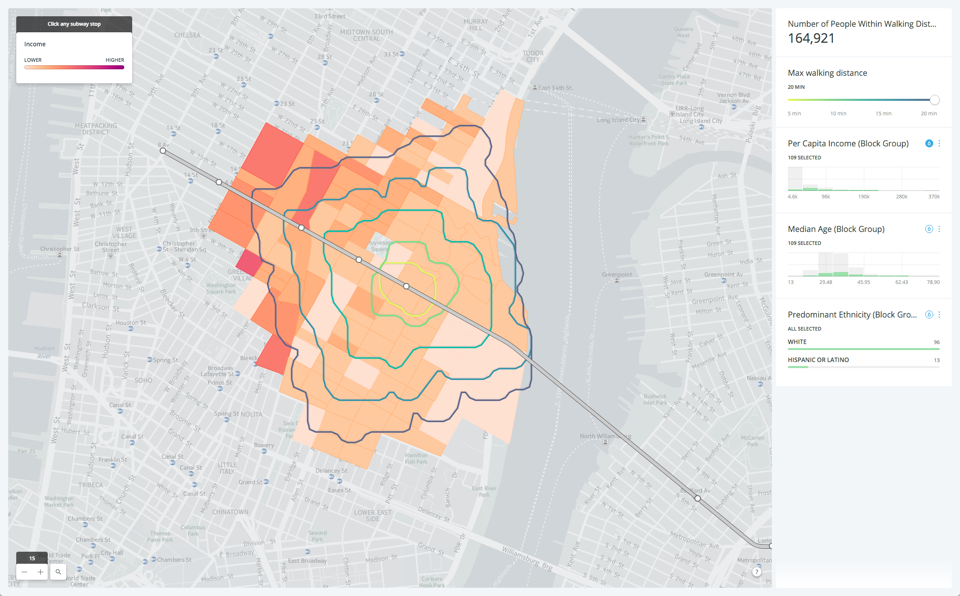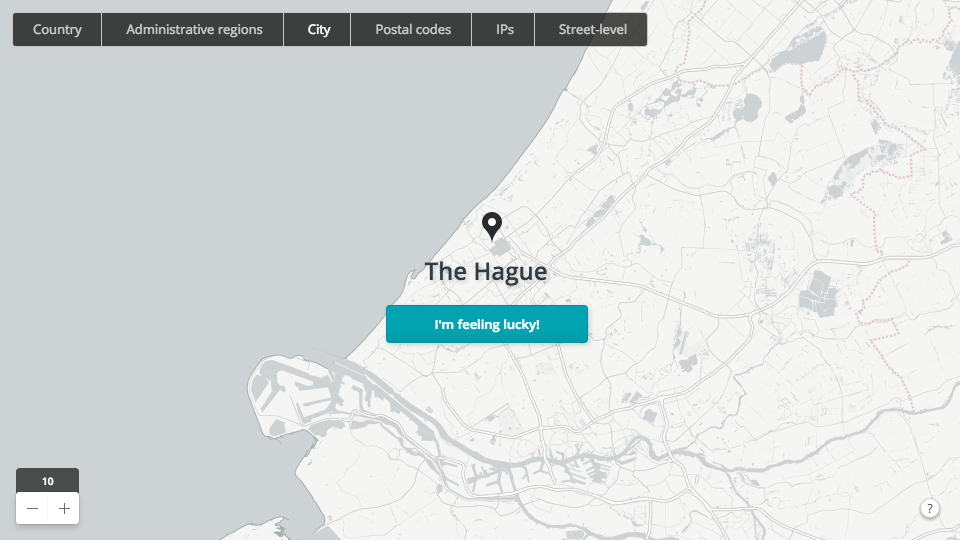


If you’re interested in hearing a real-world example of how Location Intelligence is helping companies fuel growth in food delivery, check out our Deliveroo customer story here. Target marketing activities for brunch-themed meal kits.Sign up more nearby brunch restaurants to a food delivery service In order to further enrich the geospatial analyses of our users working internationally CARTO is pleased to announce our new partnership with dataPlor experts in international POI data and the addition of their data to our Data Observatory.Place a ghost kitchen to enable more brunch deliveries.But we’re also left with a lot of areas crying out for more brunch! These might be areas where a business could: This filters out a lot of low populated areas - such as Richmond Park - as well as areas dense with brunch spots, such as Central London, Islington & Clapham. The results of this analysis are visualized in the Builder map above! By adding a couple of Range Widgets, we can filter the results to areas which have a high Total Addressable Market, but a low number of brunch spots within 15-minutes.
CARTO LOCATIONS FULL
For more information on data enrichment, check out our full guide. This will result in a H3 grid with a field for both population and brunch affinity. It will look like “carto-data.ac_xxxxxxxx.” You’ll also need to know your Data Observatory dataset name, which you can find in the Data Explorer when you click “Access in” to any Data Observatory table you’re subscribed to. You will need to know the IDs of your source variables, which you can find under the Data Explorer page for each input dataset.
CARTO LOCATIONS CODE
The SQL code above - which you can execute either in your data warehouse console or a CARTO Workflows call procedure - will do this. 'my-dataobs-project.my-dataobs-dataset'-Your data observatory dataset SELECT h3 FROM unnest(`carto-un`.carto.H3_POLYFILL( We’ll also use the function H3 Polyfill to generate a H3 grid across London.ĬALL `carto-un`.carto.DATAOBS_ENRICH_GRID( This is a really helpful tool, as you can join variables from any number of input datasets and variables, rather than having to make these aggregations source-by-source. We can easily join this data to the H3 grid with our enrichment tools, specifically “ Data Observatory - enrich grid.” This function is designed to aggregate data from our Data Observatory into Spatial Indexes.
CARTO LOCATIONS FREE
We’ll be using the free dataset Population Mosaics - United Kingdom (Grid 100m, 2020) as a source for this. In addition to knowing our brunch affinity index, to be able to calculate the total target market, we’ll need to know the population of each Spatial Index cell. We love Spatial Indexes so much we’ve written a WHOLE ebook about how you can use them in your analysis - check it out here!

This makes them tiny to store, but - crucially - lightning fast for analysis like this. These are global multi-resolution grid systems what makes them special is that they aren’t geolocated like traditional geometries - with a long linestring describing the coordinates of every vertex - but with short reference strings. Spatial Indexes are perfect for this type of analysis.


 0 kommentar(er)
0 kommentar(er)
